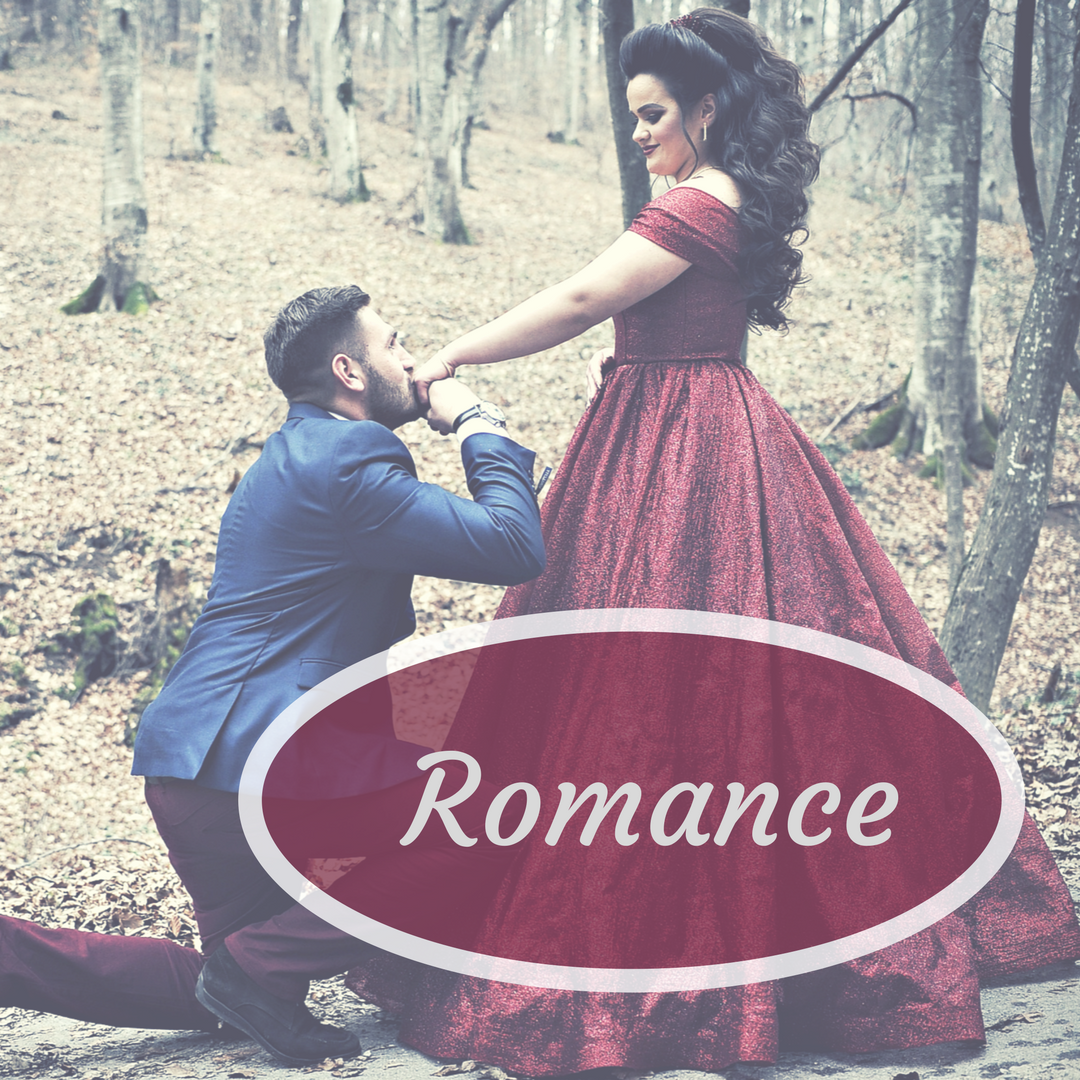Once upon a time a romance novel plot included a heroine who wanted the hero to kiss her, but she had to pretend not to want that. She had to object. She had to act surprised. That was a reflection of the times. Women were expected to protest to protect both their virtue and their reputation. Women who wanted physical touch were wanton.
Those standards and mores faded in the late 20th century when women could actually enjoy a toe-curling kiss in romance novels (and in real life), along with other physical expressions of love.
But now we’re in the 21st century with sexual harassment, assault, rape, consent, dubious consent, and #MeToo stories in the news every week. Gone are the days when a hero can force a kiss—much less himself—on a heroine in a romance novel.
So how does the current day romance writer handle physical affection in our stories? If our hero has to stop and ask permission to kiss the heroine, it slows the story and action. Especially if then he asks if he can touch her “here?” “How about there?” And it’s not realistic for the female protagonist to instigate every caress, kiss, or cuddle either.
So what’s a romance writer to do?
Well, I have some suggestions.
First, get very good at writing visual signs of attraction.
Your hero needs to be able to tell the heroine is attracted to him. Study body language and non-verbal cues.
He can do things like move in for a kiss, then pause, raise his brows in a question. She smiles back as an invitation.
Movies and television are great tutors for this kind of thing, because they’re a visual medium. Watch your favorite rom com and take notes. How does she show her interest? How does he make his move without being creepy? Is it clear that she welcomes his move? How does she convey that to him?
In one of my favorite movies, Notting Hill, Anna and Will are clearly attracted to each other. They engage in flirty banter. They laugh together (she throws popcorn at him in a movie while he’s wearing his SCUBA goggles). She invites him “up,” after a movie date. Then in a classic plot twist, her boyfriend arrives on scene. Will exits, stage left, with the trash. The next time we see Anna and Will together, she’s single. (Thank goodness, or we wouldn’t like her at all.) In this instance, they both debate making the first move, but are unsure. It’s played out clearly onscreen. When Anna tiptoes downstairs, Will thinks it’s his idiot roommate and groans, then says, (more or less), “Bugger off. Go away.” When Anna replies, “Okay,” Will quickly recants. Anna perches on the edge of the couch where he planned on sleeping. You can imagine, as does the viewer, (most of) what happens next.
Even though Notting Hill is more than a few years old, it does a great job showing the dance of consent. Probably because Anna is a celebrity, but that doesn’t make it any less of a tutorial for the contemporary writer now. Maybe more so.
In Susan Mallery’s current release, Meant To Be Yours, when the hero, Jasper, moves to kiss Renee, he says, “I may be reading this all wrong …” as he puts his hands on her waist and pulls her close. This gives Renee time to back away, if she doesn’t want him to kiss her. We know she does, so this works great to show her consent.
Of course, historical romance writers have a bit more leeway, because of the conventions of the times. But still, they’re writing for contemporary readers with contemporary sensibilities and would be wise to keep all this in mind.
A rake can be a rake, but he should still be a gentleman.
A lesson for all the eras.

Carrie Padgett lives in Central California, close to Yosemite, but far from Hollywood, the beach, and the Golden Gate Bridge. She believes in faith, families, fun, and happily ever after. She writes contemporary fiction with romance. Carrie and her Stud Muffin live in Central California with their cat and dog and within driving distance of their six grandchildren.
You can find her online at:
Twitter: CarriePadgett
Instagram: carpadwriter
Facebook: WriterCarriePadgett
Amazon Author Page: Carrie Padgett




No Comments